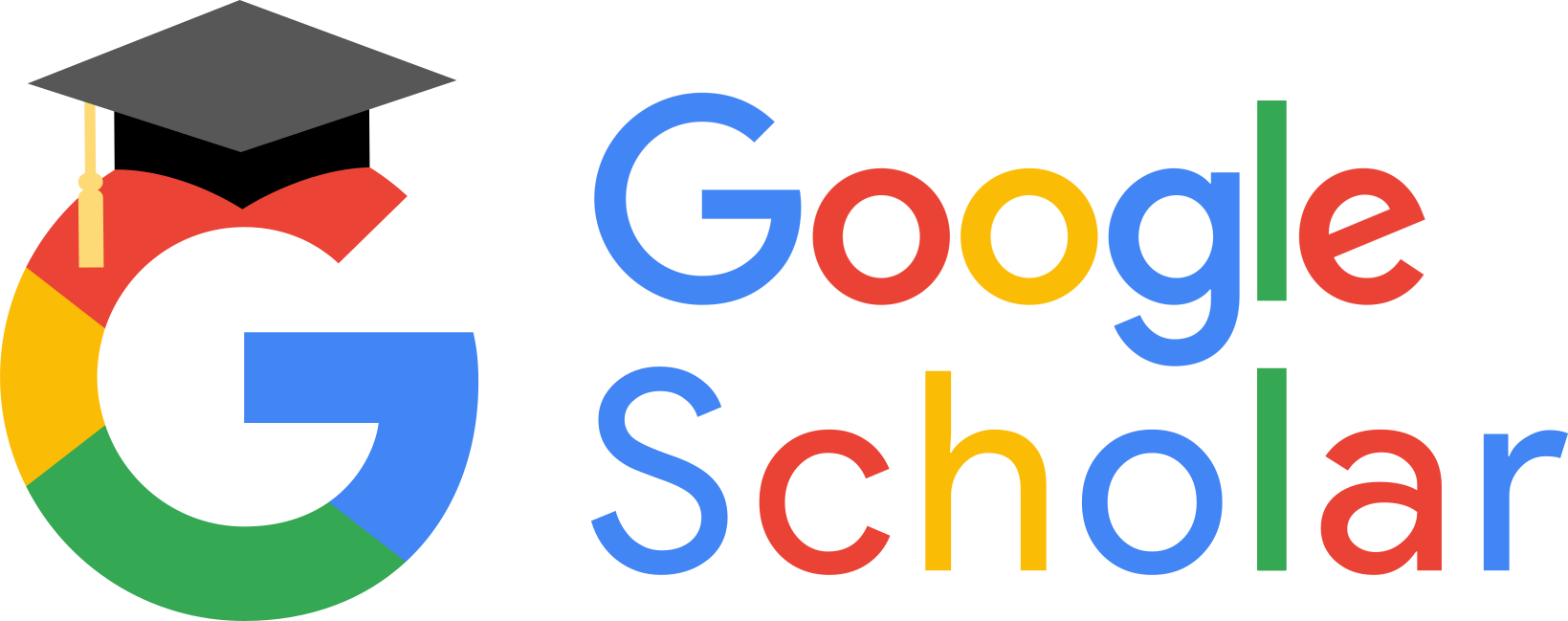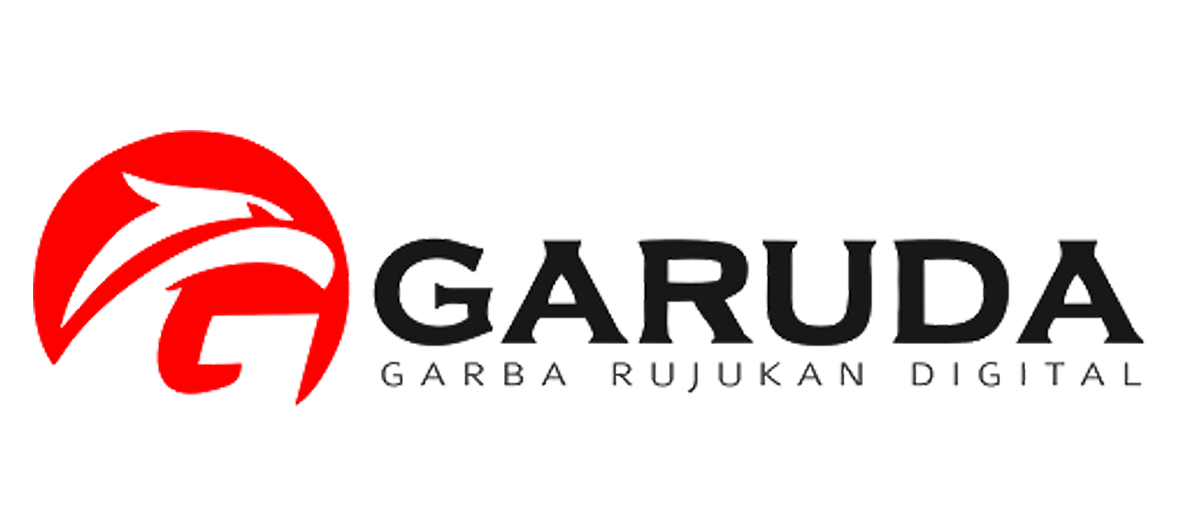Developing Youth Critical Thinking Through Media Education in the Age of Disinformation
Abstract
Full Text:
PDFReferences
Basch, C. H., Fera, J., Ethan, D., & Zybert, P. (2021). A global pandemic in the age of digital media: Examining the dissemination of COVID-19 misinformation on social media platforms. Journal of Community Health, 46, 952–957. https://doi.org/10.1007/s10900-020-00967-9
Ghareeb, M., & Moran, M. (2021). Media literacy education and the global fight against disinformation: A comparative study of Finland and South Korea. International Journal of Media and Information Literacy, 6(2), 153–160. https://doi.org/10.13187/ijmil.2021.2.153
Kellner, D. (2021). Media literacy education in a global context: Challenges and opportunities. Media Literacy Journal, 5(2), 45–60. https://doi.org/10.1080/17524032.2021.1877005
Khan, M. L., Idris, I. K., & Barath, D. (2022). Fake news and youth media consumption: Exploring psychological resilience through media literacy. Telematics and Informatics, 65, 101744. https://doi.org/10.1016/j.tele.2021.101744
Koltay, T. (2022). Information overload and media literacy: Localizing educational approaches. Information Development, 38(2), 289–297. https://doi.org/10.1177/02666669211034578
Lee, J., Park, Y., & Kim, H. (2023). Integrating media literacy in education systems: Barriers and enablers in policy implementation. Education and Information Technologies, 28, 4079–4096. https://doi.org/10.1007/s10639-023-11709-7
Martens, H., & Hobbs, R. (2020). The costs and benefits of teaching media literacy. Journal of Media Literacy Education, 12(3), 1–15. https://doi.org/10.23860/JMLE-2020-12-3-1
Guess, A., Nagler, J., & Tucker, J. (2020). Less than you think: Prevalence and predictors of fake news dissemination on Facebook. Science Advances, 6(14), eaay3539. https://doi.org/10.1126/sciadv.aay3539
Marchi, R. (2020). Young people and the future of news: Social media and the rise of connective journalism. Journalism, 21(2), 240–256. https://doi.org/10.1177/1464884918770544
Rasi, P., Vuojärvi, H., & Ruokamo, H. (2019). Media literacy and digital participation: The case of Finnish older adults. European Journal of Communication, 34(5), 540–555. https://doi.org/10.1177/0267323119886165
Tambo, E., & Bello, M. (2022). Advancing digital education and media literacy in Sub-Saharan Africa: A systematic review. Journal of African Media Studies, 14(1), 23–40. https://doi.org/10.1386/jams_00048_1
UNESCO. (2021). Media and Information Literacy: Policy and Strategy Guidelines. United Nations Educational, Scientific and Cultural Organization. https://unesdoc.unesco.org/ark:/48223/pf0000377069
DOI: https://doi.org/10.17509/mpgk.v16i2.83030
Refbacks
- There are currently no refbacks.
Copyright (c) 2025 Universitas Pendidikan Indonesia (UPI)

This work is licensed under a Creative Commons Attribution 4.0 International License.








